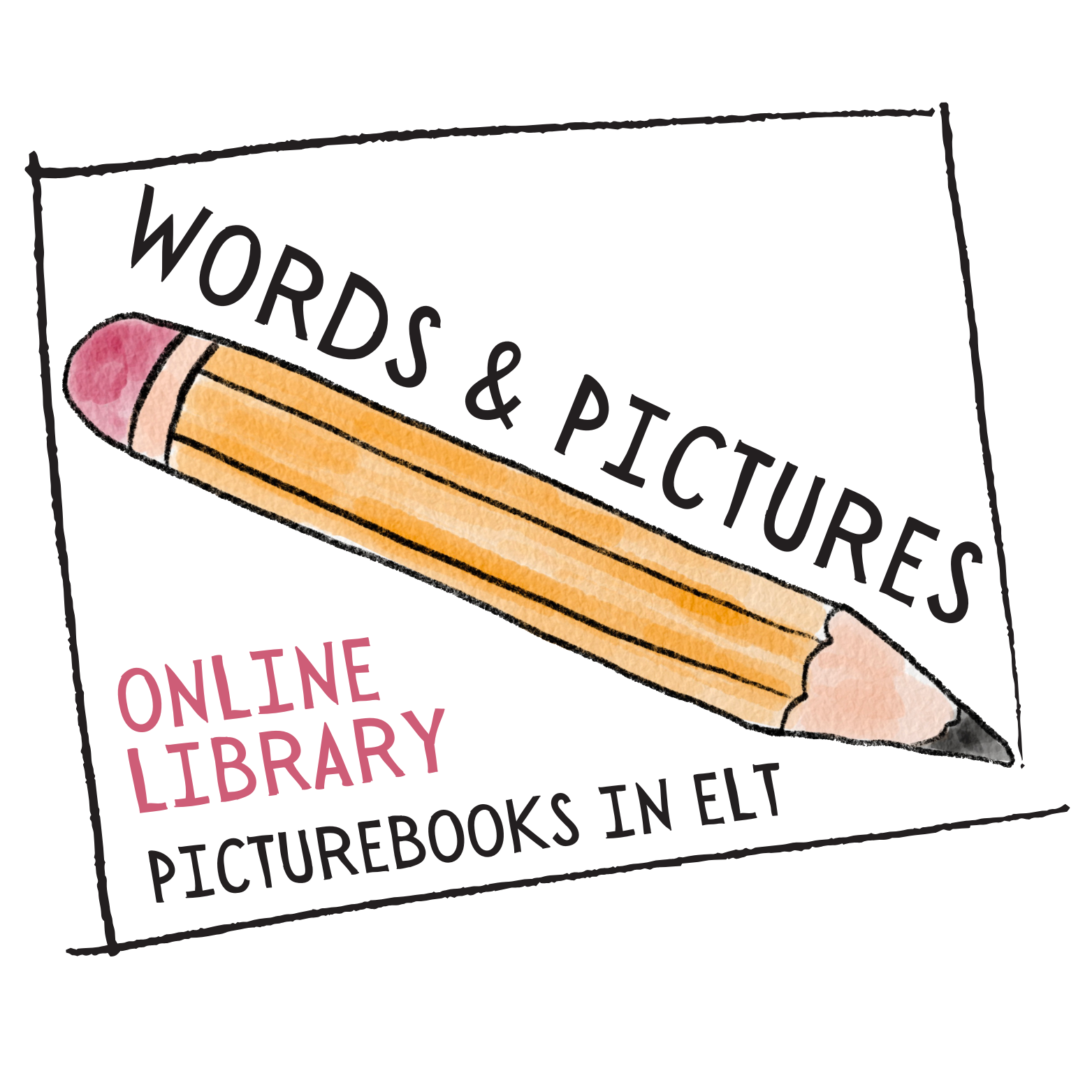Read More
“Translated books allow readers to access different cultures and different perspectives, which is incredibly enriching. It’s a way of travelling without leaving your armchair.”
Françoise Bui, French-to-English translator
In picturebook-based English language teacher education, the focus on both the original English language edition and the (student) teachers’ language, can result in many hours of enriching discussions filled with speculation. It thus confirms that the authentic use of language in picturebooks in English, creates ‘a variety of actions, reactions, and interactions’ (Tibbitts and Pashby, 2014, p. 224), which in turn encourages language use, engagement, creativity and a feeling of empowerment. Ultimately, such sessions can give student teachers the opportunity to develop language confidence and language sensitivity which is necessary when developing activities to accompany a selected picturebook for ELT purposes. When giving information about the picturebook creators, it is important to inform learners that the picturebook is a translation to raise their awareness of the role of translation.
Teachers and teacher educators should be encouraged to use picturebooks translated into English as translation gives access to the world’s ideas and knowledge and offers an opportunity to learn about other languages and cultures and to make critical comparisons as well as potential for translingual practice.
Read More
The following anecdote from a primary classroom in the Netherlands offers a starting point to illustrate the benefits of using picturebooks translated into English in the English language classroom and in teacher education:
Some years ago, after observing an English lesson taught by a generalist primary teacher in a Dutch primary school, the primary teacher pointed to one of her picturebooks in the classroom called ‘De krijtjes staken [The crayons strike]’ by Oliver Jeffers. She explained how much she and her class loved this picturebook. She expressed disbelief upon hearing that the title in the original English language edition was The Day the Crayons Quit. She had never considered that this book was a translation.
This occurrence is not an isolated event, and so it appears that primary teachers might assume that the copy of the picturebook they are working with is simply the original edition. Teachers might not have time to wonder about the creator’s background or to read the front or back matter, or the publisher information to discover its original title and which language it was originally written in, or it may just not occur to them to do so. Moreover, whereas the illustrator will be mentioned on the front cover, translators rarely are.
Read More
The benefits of including original and translated editions in ELT are plentiful and become especially clear when working simultaneously with copies of picturebooks in the original English language editions and the translated editions. In this case, the front cover offers an entry point where learners can discuss the title, consider possible translations into their own language, and then move on to comparing the translation to consider possible implications for the reader and listener. For example, the title Slowly, Slowly, Slowly, Said the Sloth by Eric Carle has been translated into Dutch as ‘De Luiaard die niet lui was [The sloth who was not lazy]’. The translator into Dutch preferred a play of words: ‘luiaard’ is the sloth and ‘lui’ is lazy. Learners will realise after reading that, by doing so, the translator has given the story away.
Read More
Tibbitts, B. & Pashby, P. (2014). The Story Reading Project: integrating materials development with language learning and teaching for NNES teachers in training. In S. Garton & K. Greves, (Eds.), International perspectives on materials in ELT (pp. 219-236). Palgrave Macmillan.
Read More
The Carle Museum: teacher support document for an exhibition in 2022 called, ‘Read the World: Picture Books and Translation’. | Download Read More |
Book Riot: list of 100 Great Translated Children’s Books from Around the World | Read More |
World Kid Lit compiles an annual list of books from around the world translated into English for World Kid Lit month in September. | Read More |
Gecko Press focus on publishing the best books from around the world into English. | Read More |


